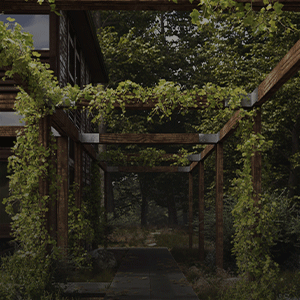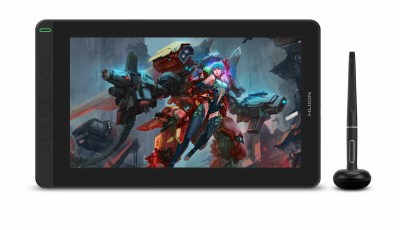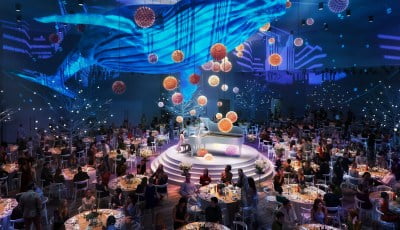Foundry releases Nuke 11
Jul 25, 2017 by CGPress Staff
0
|
Foundry has released the latest versions of Nuke, NukeX, and Nuke Studio. New features include:
- Live Groups, a new type of collaborative workflow node that enables users to share work. Live Groups creates external scripts that can be referenced in other scripts without the need to render intermediate stages. You can expose parameters for other artists to adjust without altering the parent Live Group. Live Groups automatically update when a script is loaded, making it easy for artists to tackle different sections of a shot or project simultaneously.
- The Frame Server background rendering capability in Nuke Studio is now available in Nuke and NukeX, allowing users to use resources on their local machine to render in the background while continuing to work in the UI.
- A revamped Denoise now means more precise results while maintaining fine details, such as reducing blur when denoising areas with multiple parallel lines.
- In NukeX the LensDistortion node has been completely rewritten for a more versatile set of lens distortion tools to solve a wider range of lenses with better results. Now includes the ability to reference multiple frames, support for fisheye and wide-angle lenses, improved data import from other lens estimation packages, and GPU-acceleration. The powerful Smart Vector toolset has also been updated, with the ability to generate vectors on either a render farm or using the Frame Server and the option to blur small distortions, making the toolset faster and more effective on longer ranges of frames.
- Nuke Studio now includes new GPU accelerated disk caching that allows users to cache part or all of a sequence, including footage, soft effects, and track blending, for smoother playback. Great for users working on smaller machines, or with timelines too big for the RAM cache, who don’t want to localise everything. Nonlinear retimes from imported AAF files are now automatically recreated as a soft effect in Nuke Studio and Hiero, so users don’t have to recreate them manually.
- The Nuke family has been updated to VFX Reference Platform 2017 – industry-standard guidelines that help minimise incompatibilities between different software packages . This aims to keep Nuke up-to-date and to enables easier integration into VFX pipelines. These updates includes several key libraries used within Nuke including Python, Pyside and Qt. In addition to updating these core components, various third party libraries and the camera format SDKs for ARRI and RED are also updated.
- Nuke’s OpenCL support has been expanded on Windows and Linux operating systems. As a result, certain AMD GPUs are now compatible with Nuke, giving users more choice in the hardware they use.







